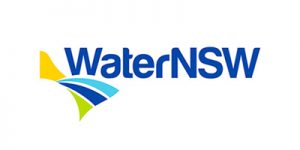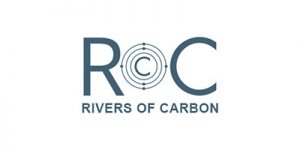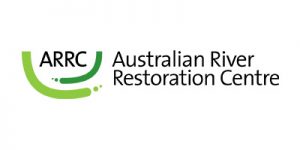Keeping stock out of riparian land is the quickest way to improve waterway health. When stock are responsibly managed around your riparian areas, multiple benefits can be achieved for you, your farm business and the community. For example:
- healthy waterways and riparian land can lead to healthier stock, healthier farms and a healthier bottom line;
- healthy waterways and riparian land build healthy and resilient ecosystems;
- healthy waterways and riparian land are valued by all members of our community for a variety of cultural, spiritual and recreational reasons;
- healthy waterways and riparian land can increase the value of your property;
- improving the health of your waterways and riparian land can help you manage the impacts of climate change;
- good management of your waterways and riparian land demonstrates responsible environmental stewardship which may encourage consumers to buy your product.
Financial incentives, advice and practical assistance are often available to help you improve the way you manage your waterways and riparian land.
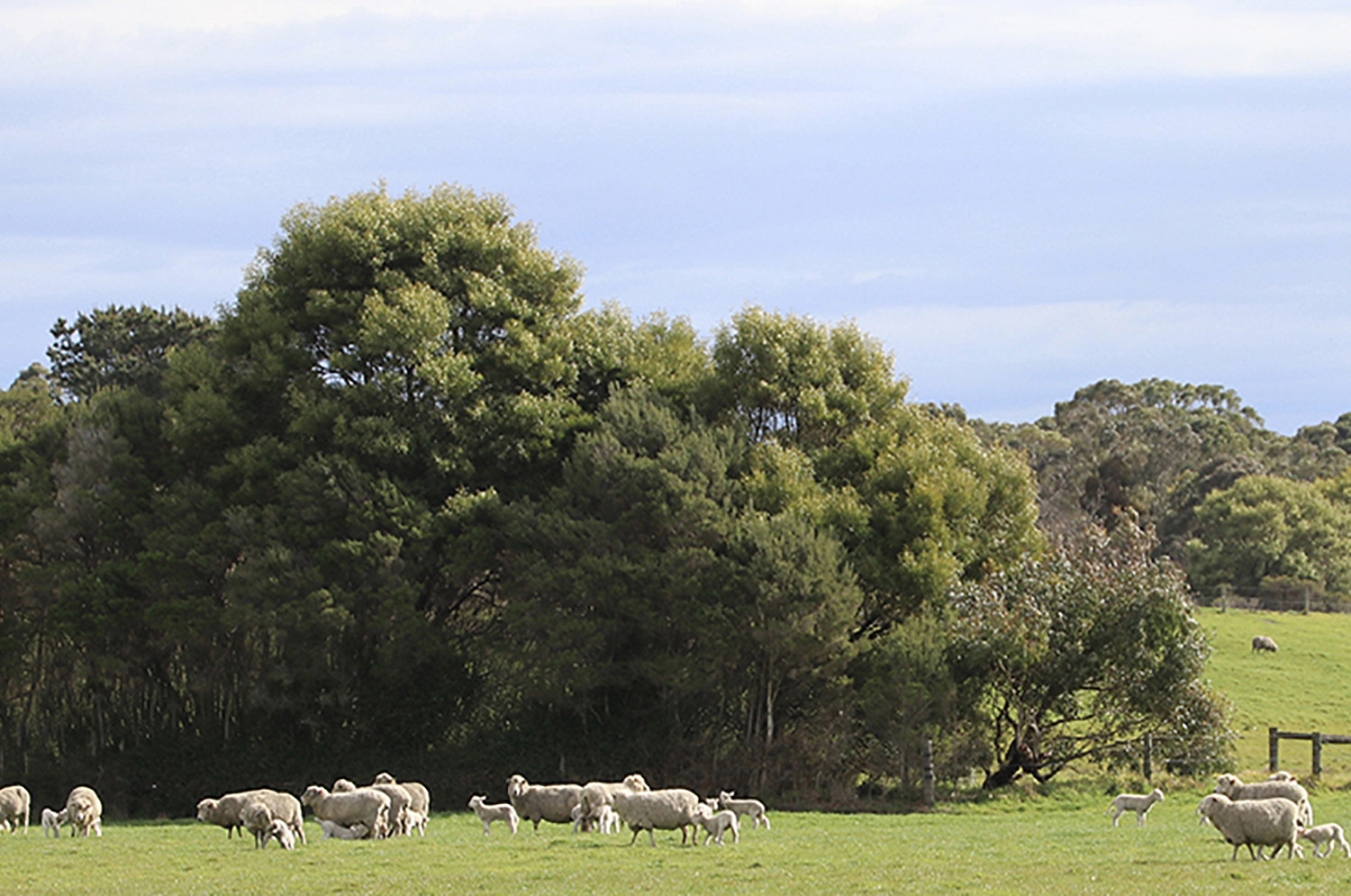
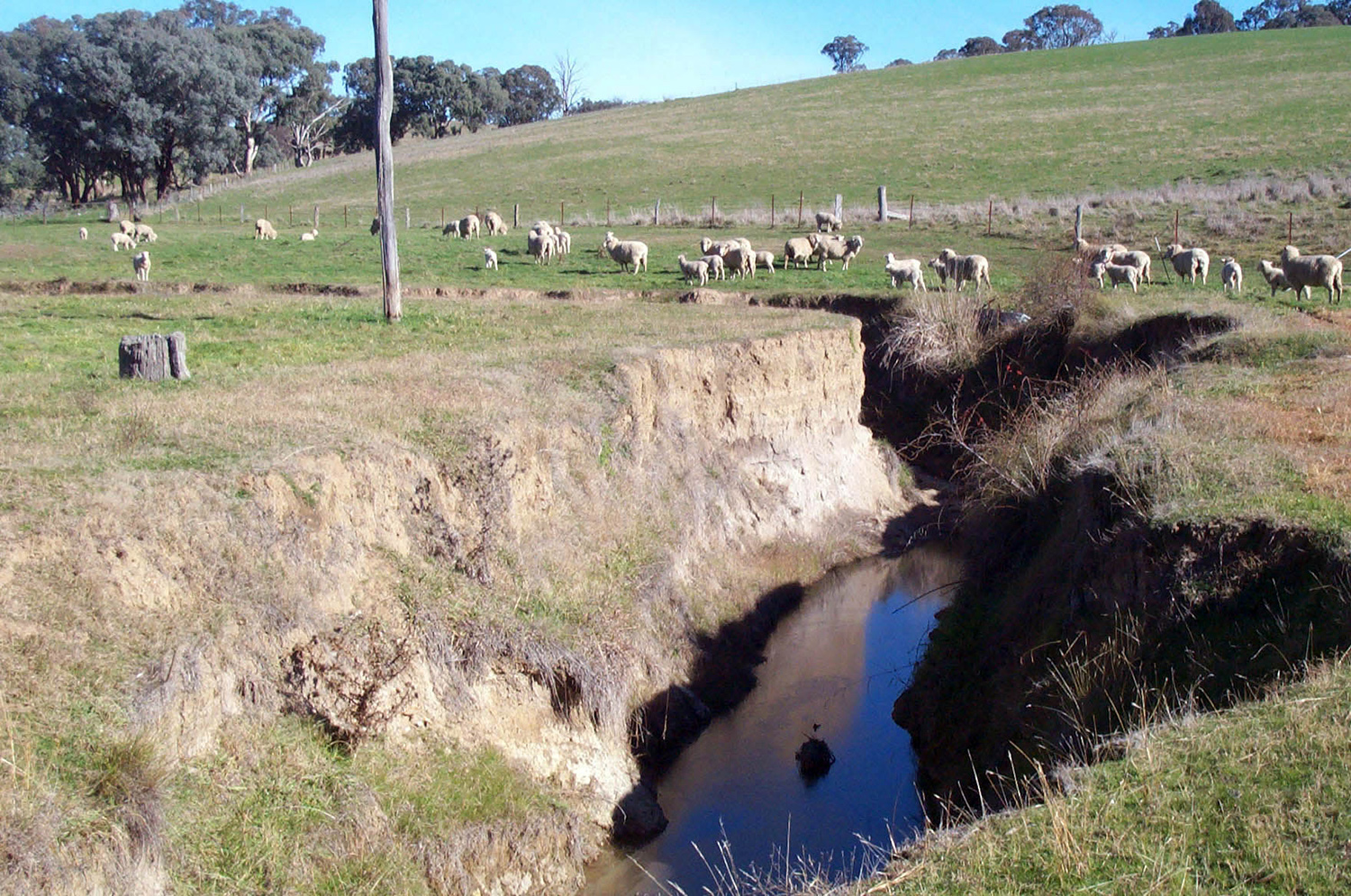
Some benefits of responsible riparian management and when you can expect to experience them.
Benefit
Safer, quicker & more efficient stock management due to well-thought out fencing and watering systems.
No stock losses caused by unstable banks, waterlogged soils or drowning.
Tighter biosecurity as stock cannot wander on or off your property.
Timeframe
Immediate.
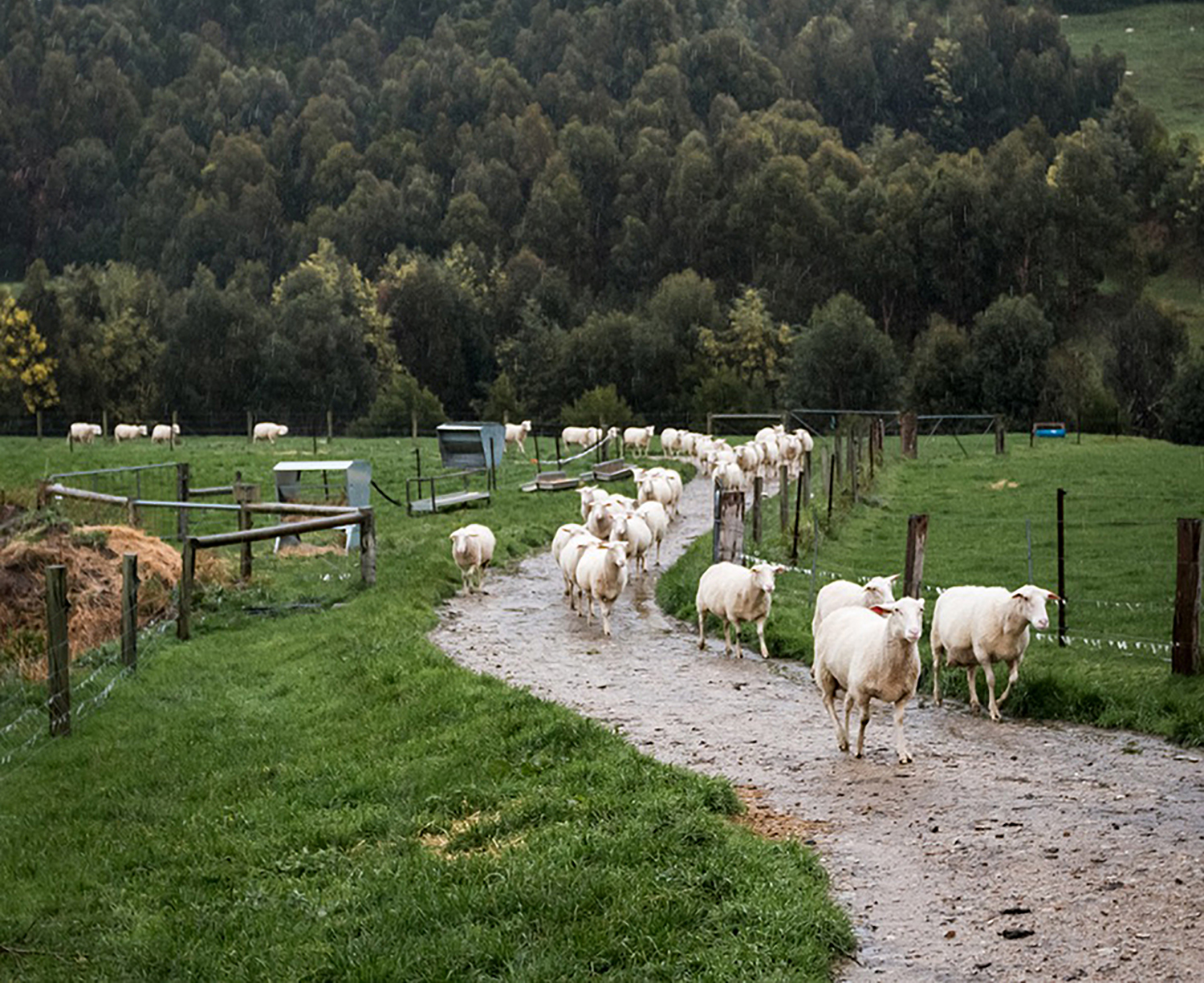
Benefit
Improved pasture management because:
- you will have more control over when and how you graze the different parts of your property.
- the nutrients contained in dung and urine will be available to your pasture rather than being wasted in your waterway.
Timeframe
Immediate.
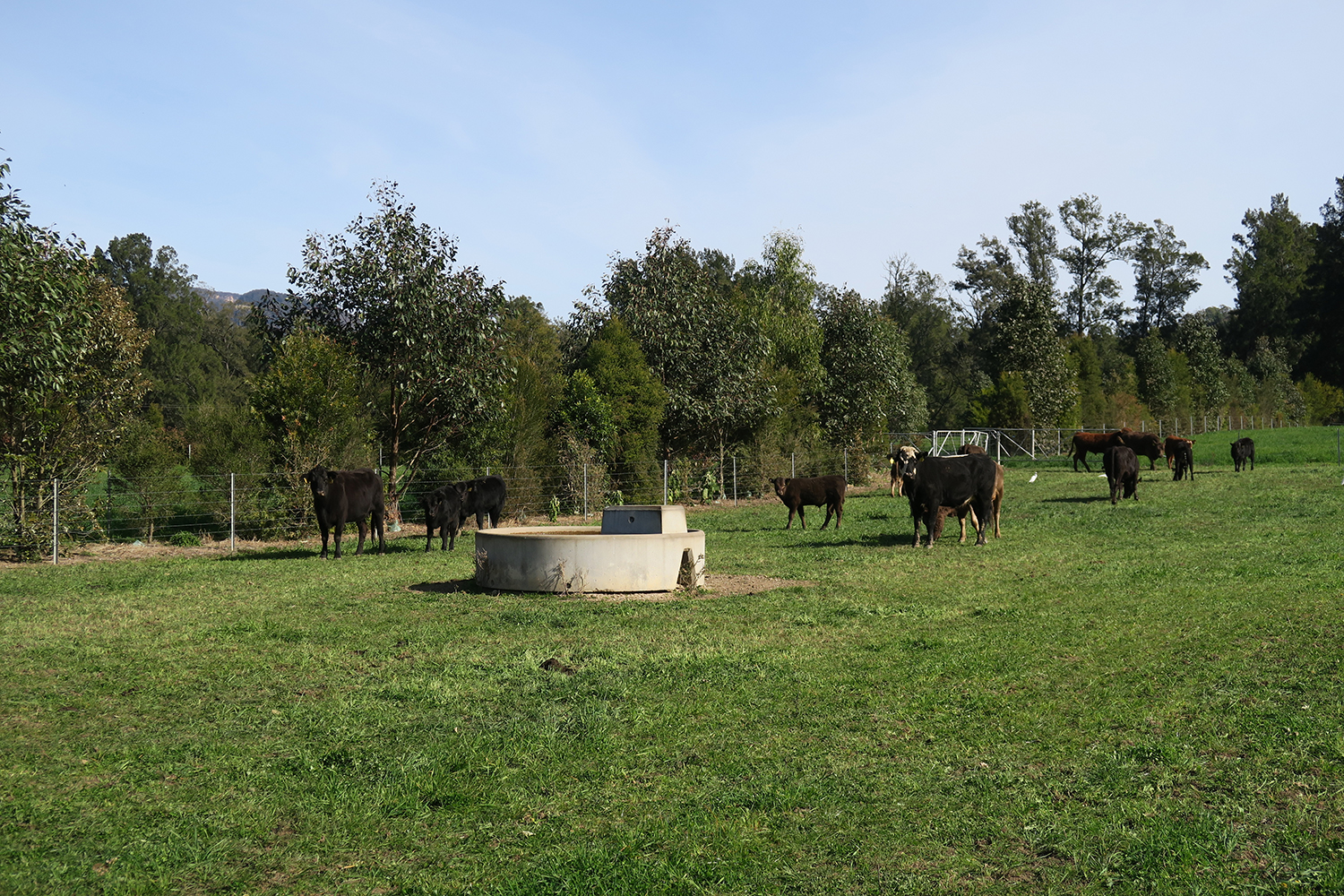
Benefit
Production gains because:
- troughed water is cleaner and more palatable to stock.
- clean water encourages higher consumption of dry matter.
- stock conserve energy if they do not have to travel far to access water.
Timeframe
Short term
(0-2 years).
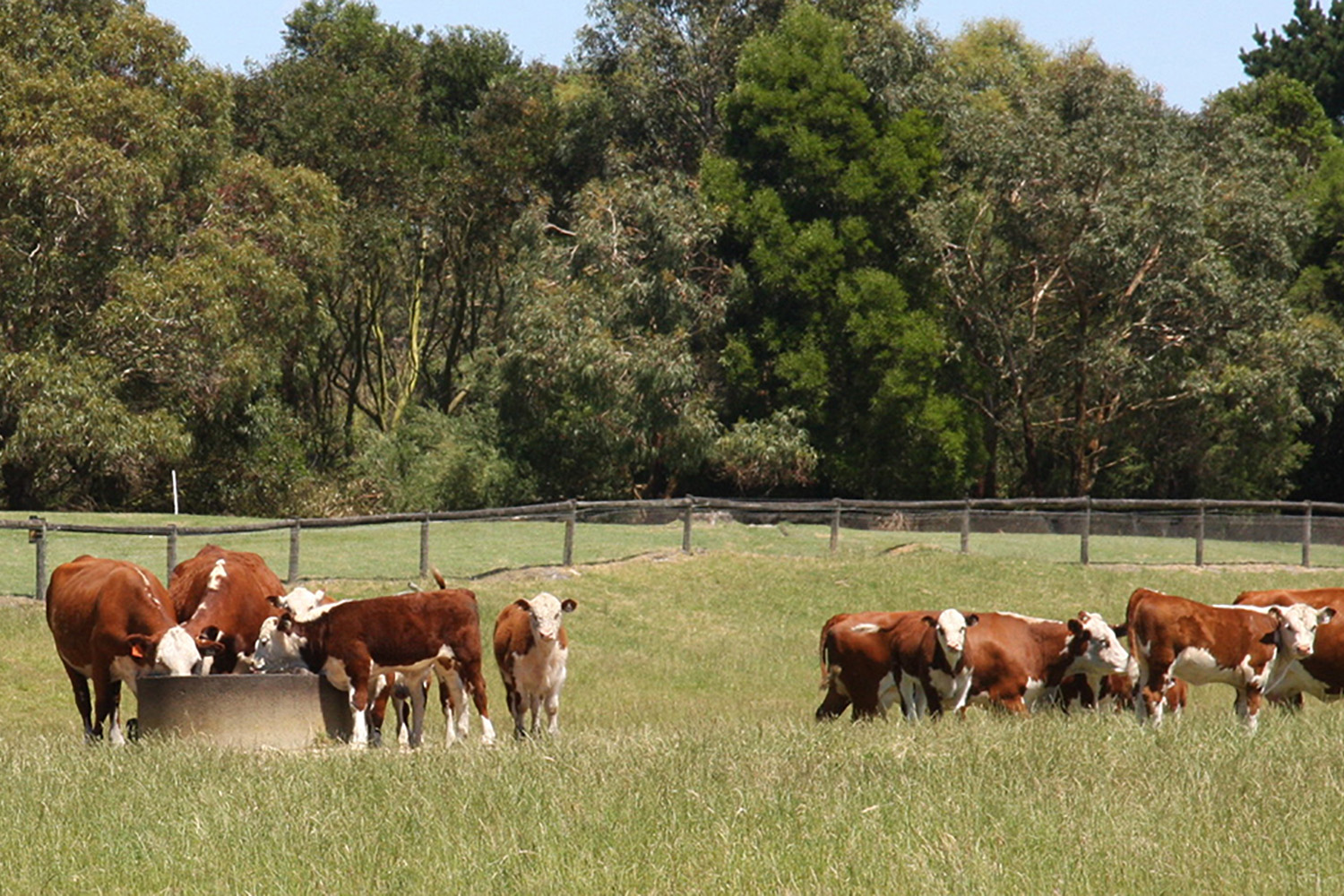
Benefit
Improved water quality in your waterway and the catchment.
Reduced risk of disease to stock and humans caused by:
- waterborne parasites and pathogens such as Giardia and Cryptosporidium.
- toxic algal blooms.
Timeframe
Short term
(0-2 years).
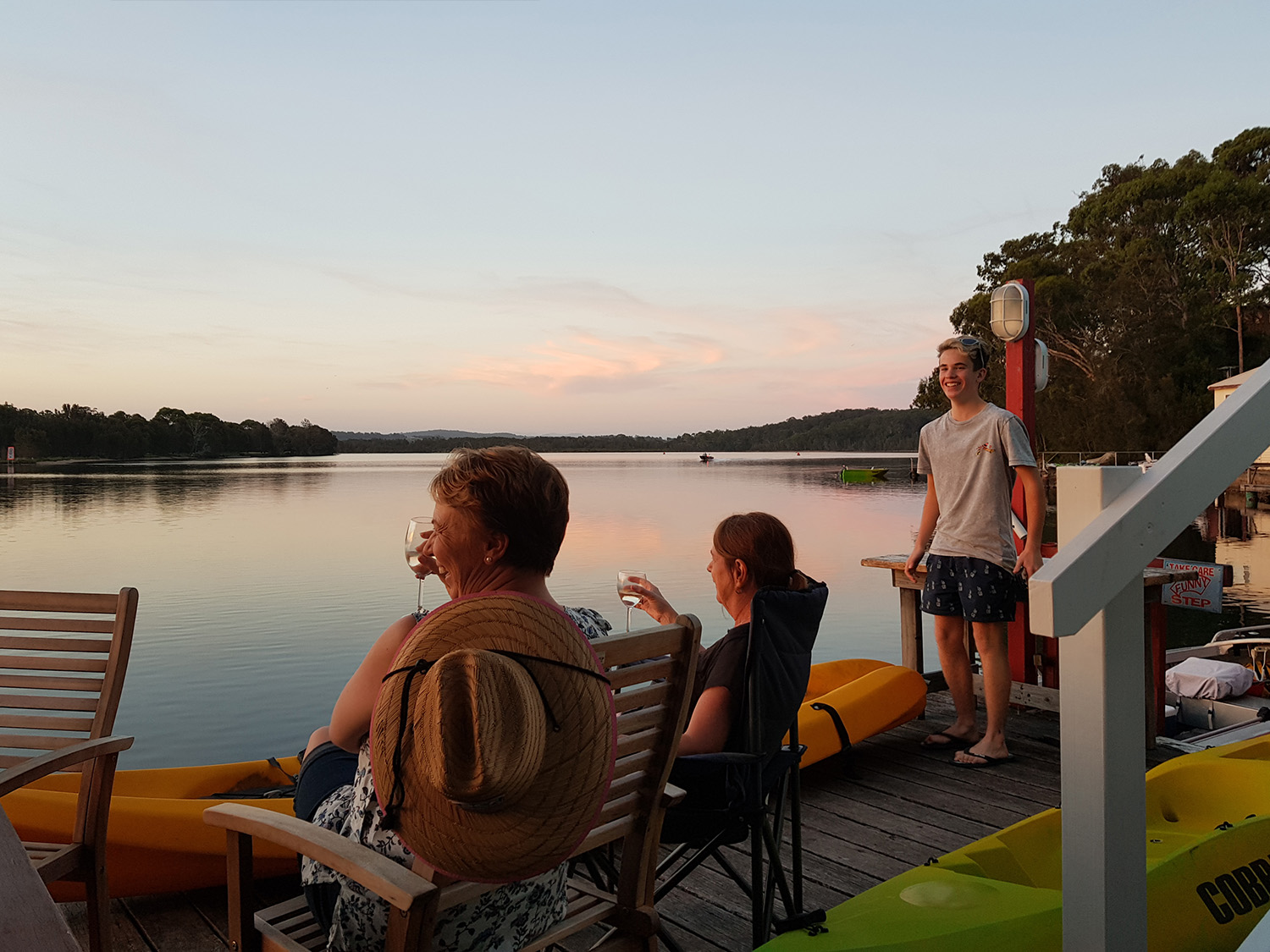
Benefit
Retention of valuable land and topsoil because:
- stock are not trampling or dislodging the soil.
- riparian vegetation, especially grasses and sedges, are regenerating and stabilising the soil.
Timeframe
Short term
(0-2 years).
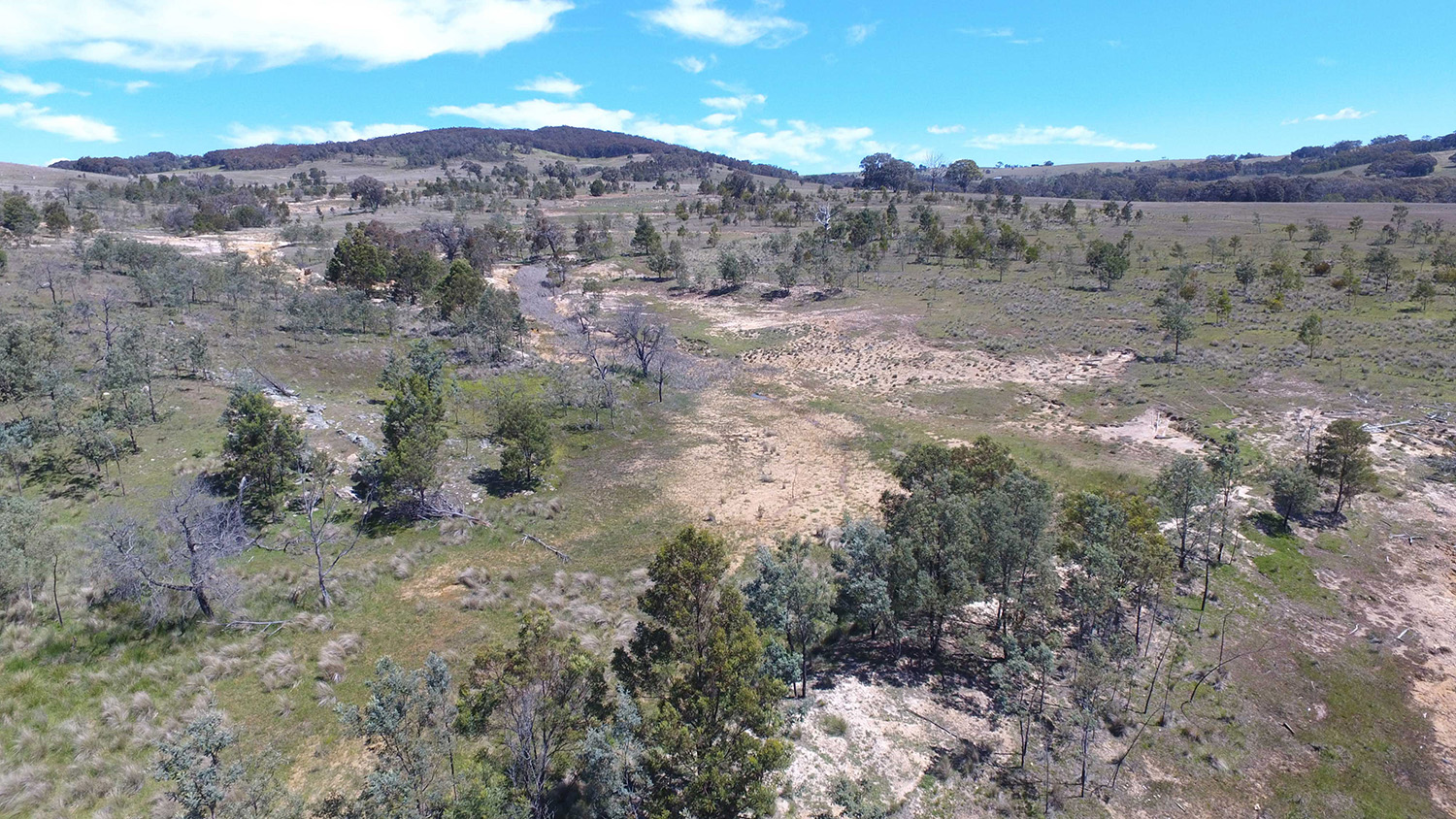
Benefit
Improved shade and shelter lead to production gains via increased:
- fertility and conception rates.
- wool, meat & milk production.
- survival rates during lambing and calving.
- crop and pasture yields.
Timeframe
Medium term
(2-5 years).
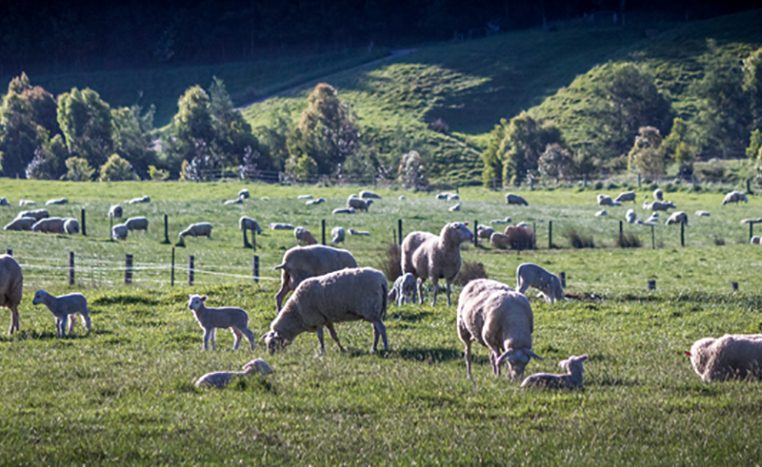
Benefit
Healthy riparian vegetation and improved water quality lead to an increase in biodiversity, and support beneficial organisms that play important roles on your farm, such as:
- pest and parasite control.
- pollination (plant fertility).
Timeframe
Medium term
(2-5 years).

Benefit
Deep-rooted vegetation becomes established and:
- improves the soil’s rainfall efficiency, making more moisture available for pasture, crops and other plants.
- slows the flow of water after rain events which protects against erosion and the loss of infrastructure such as bridges and roads.
- helps to lower the water table, which can combat salinity and waterlogging problems.
Timeframe
Long term
(5+ years).
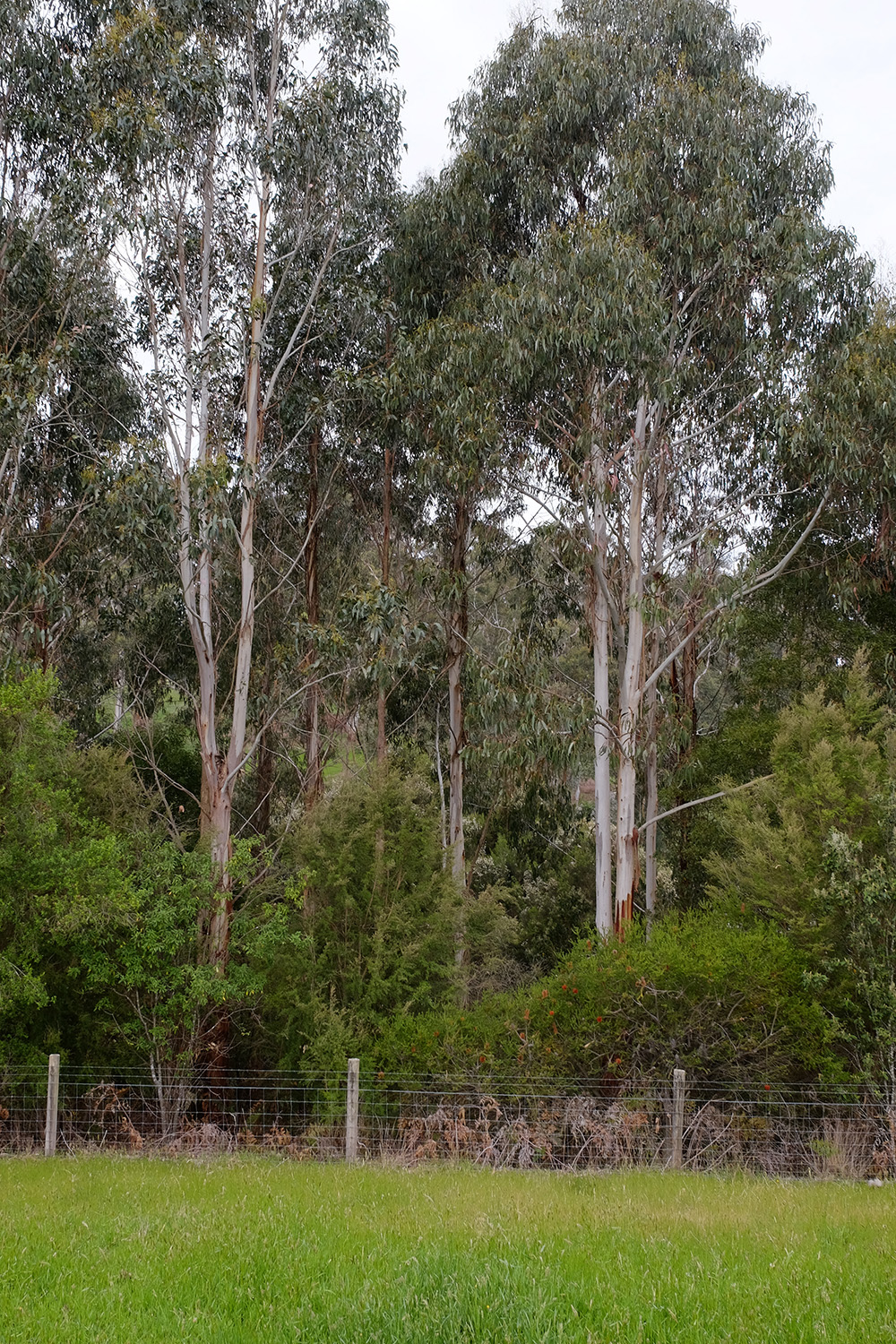
Benefit
Potential for financial reward for carbon as a result of improved carbon sequestration.
The carbon market is evolving quickly. You may be able to gain a financial advantage in respect of increased carbon stores as a result of the work you have done in your riparian area.
Timeframe
Long term
(5+ years).
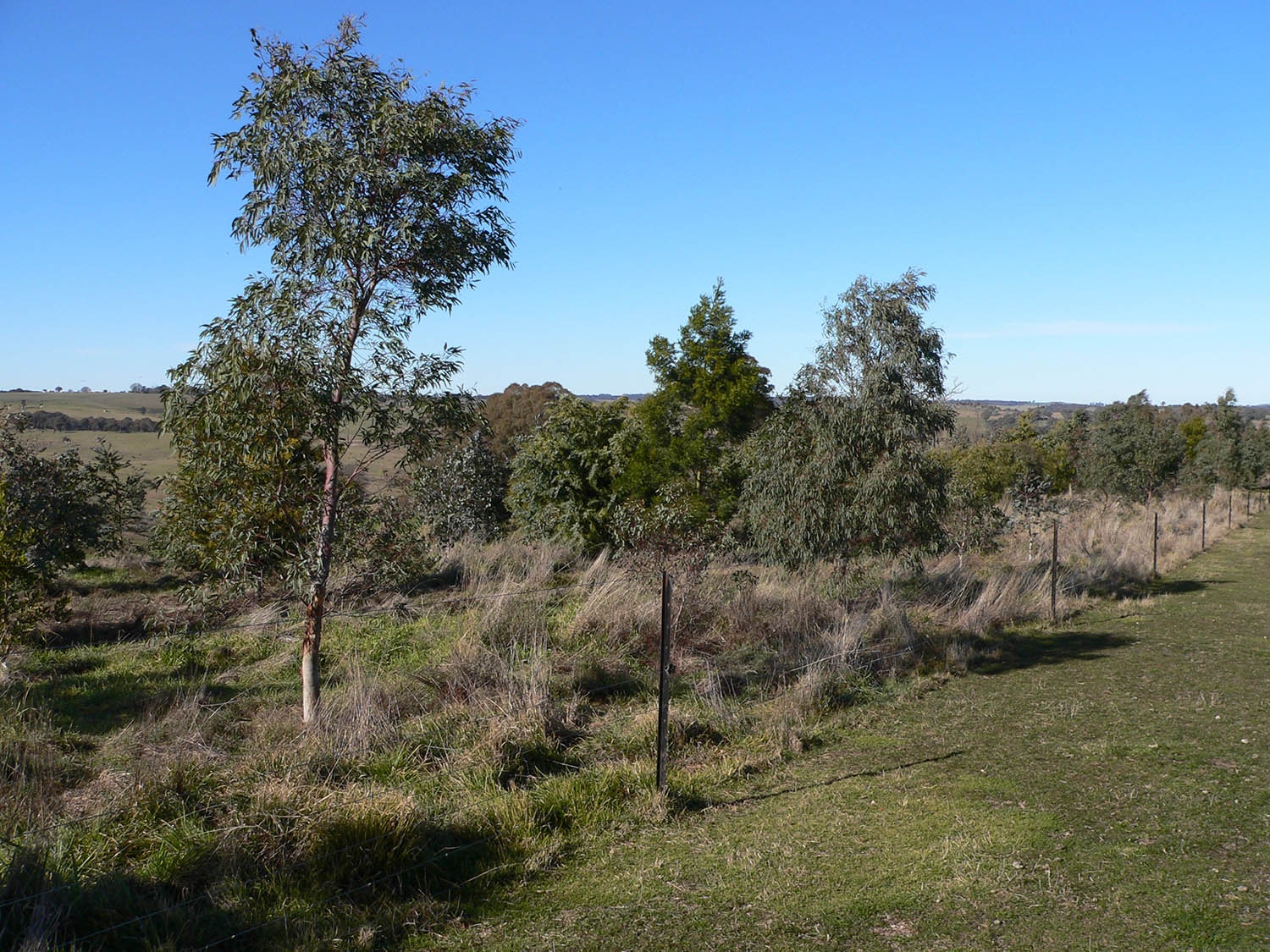
Benefit
Increased land values.
As well as being a farm asset, well-managed riparian land is aesthetically attractive and will increase the value of your land to potential buyers.
Timeframe
Long term
(5+ years).
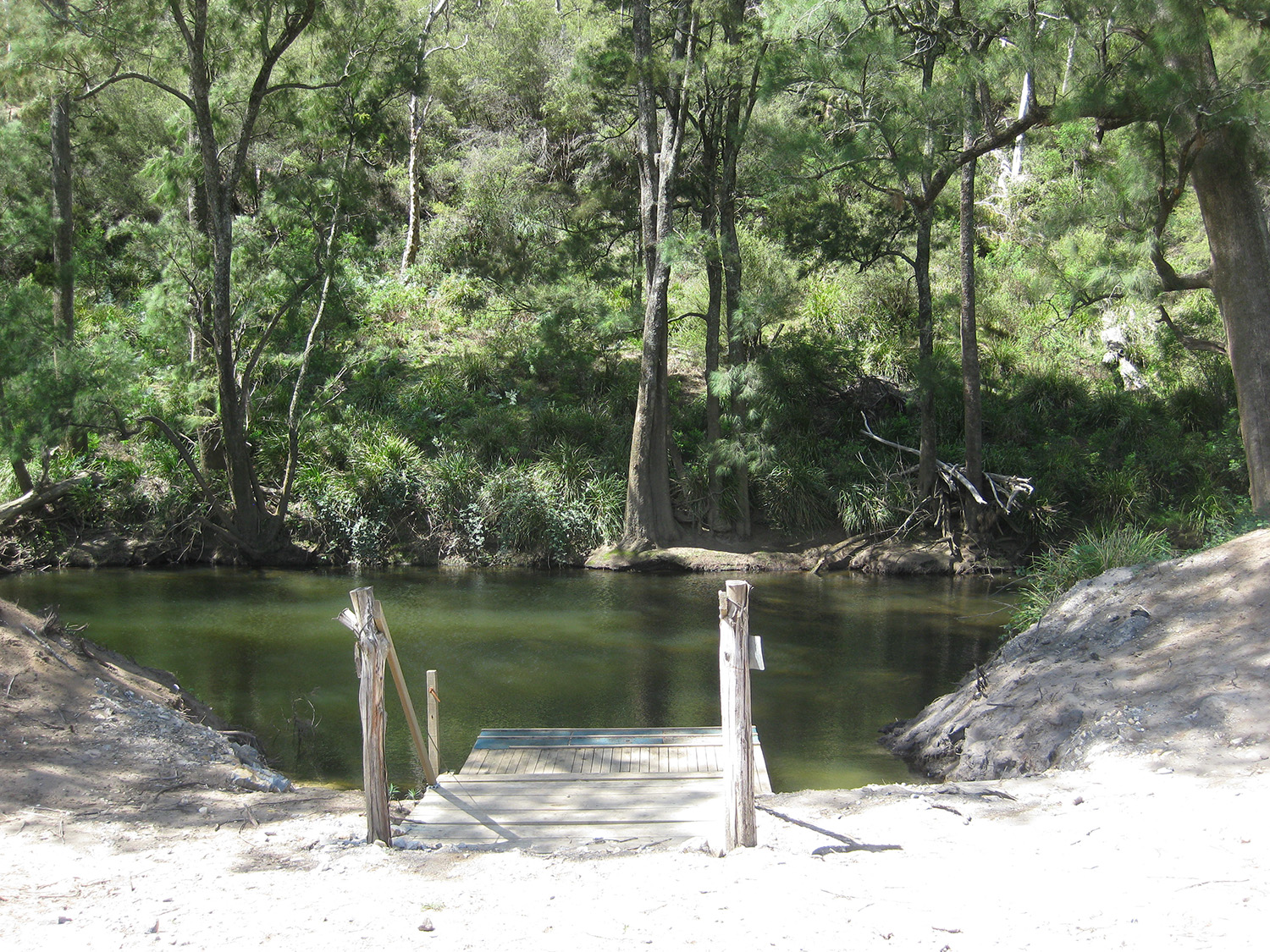
Benefit
Well-vegetated riparian areas are more likely to impede a bushfire than fuel it.
The higher moisture content and presence of tall trees and shrubs reduce the velocity of the winds that are typically responsible for the spread of bushfire.
Timeframe
Long term
(5+ years).
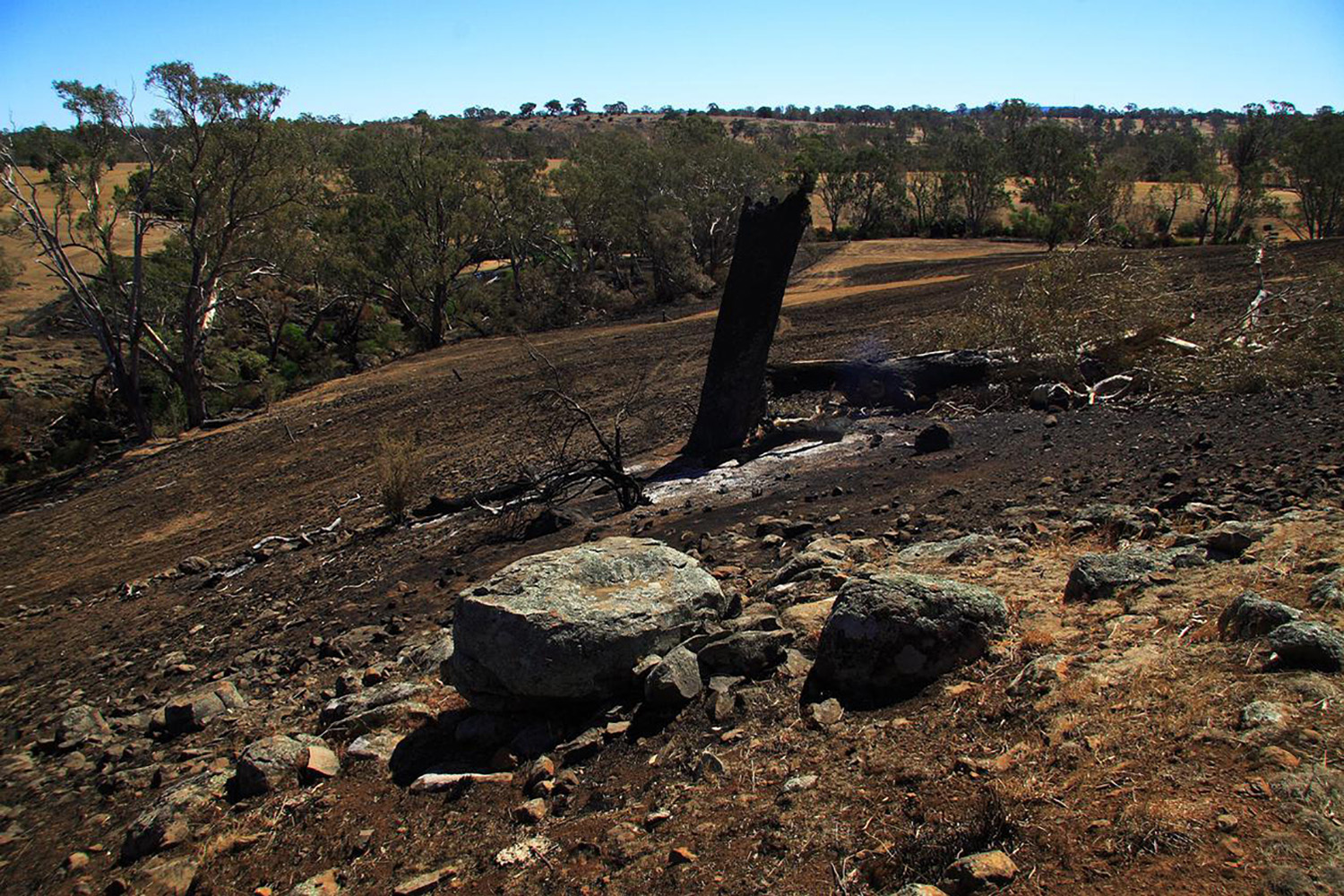
Benefit
Marketing advantages as a result of good environmental stewardship.
Consumers are becoming increasingly interested in the environmental credentials of their food and will often seek out or pay a premium for produce that is underpinned by a good environmental ‘story’. Your riparian management is part of your story.
Timeframe
Long term
(5+ years).
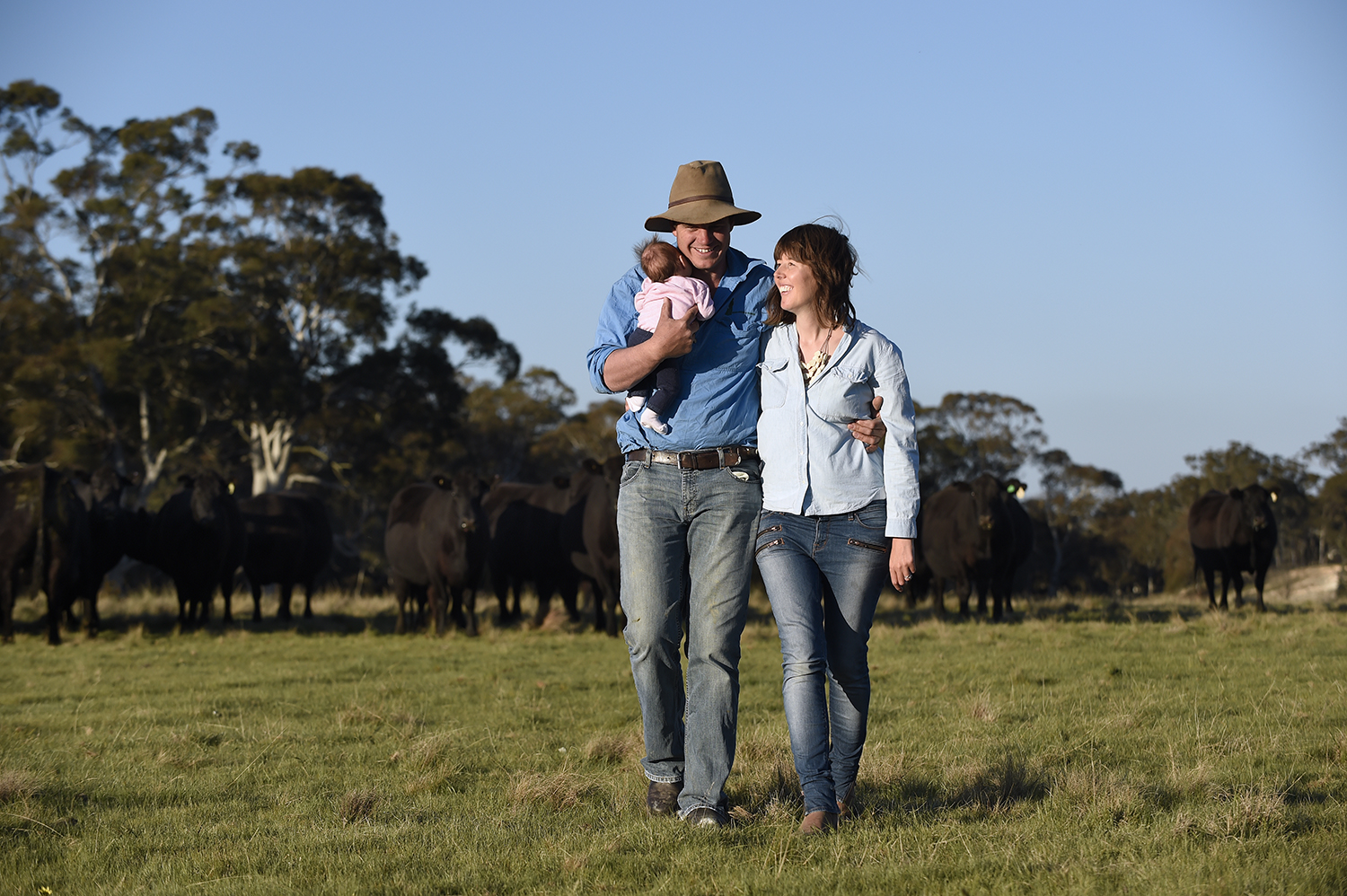
Riparian areas respond quickly to good management.
Before
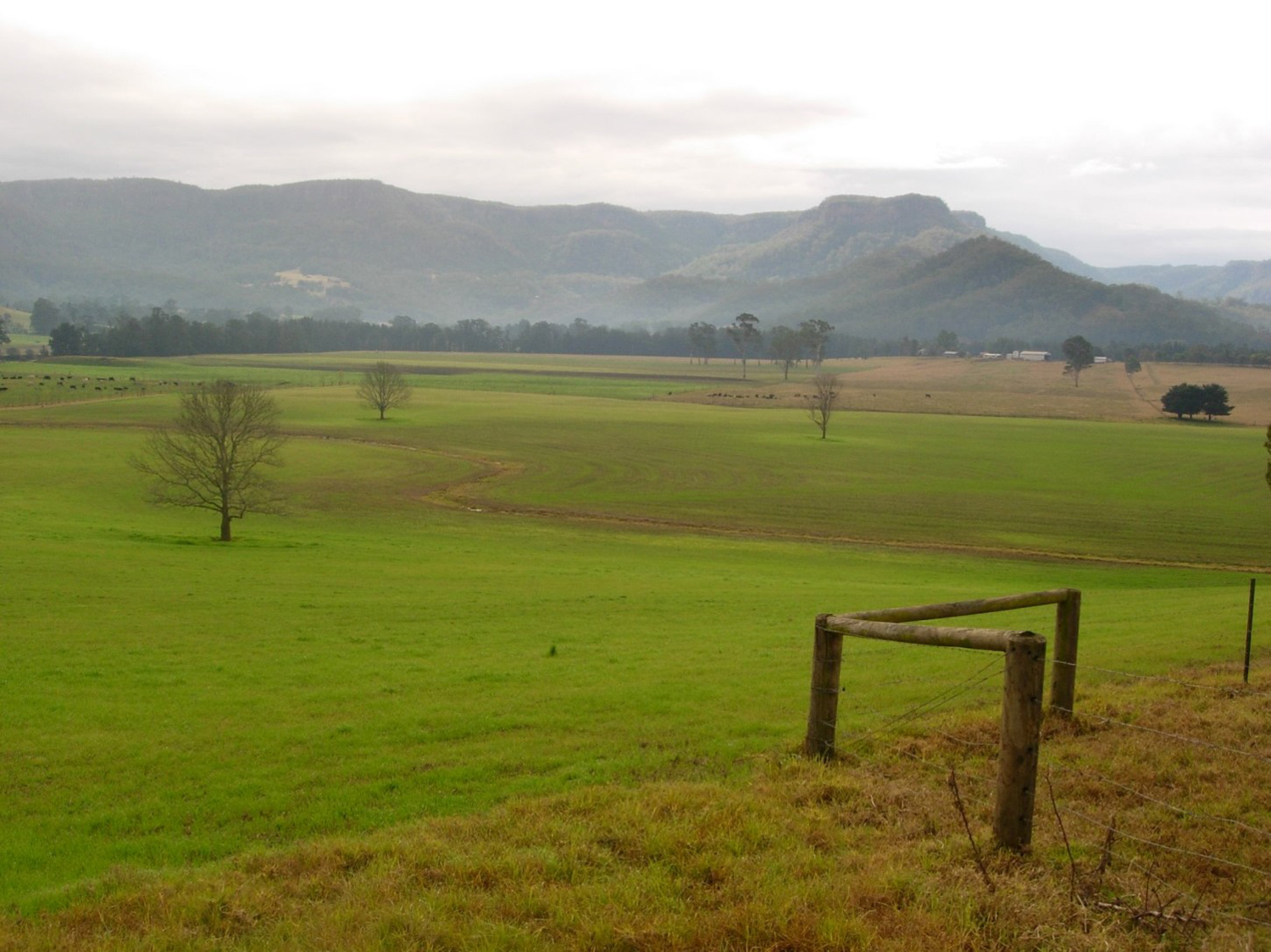
2 years.
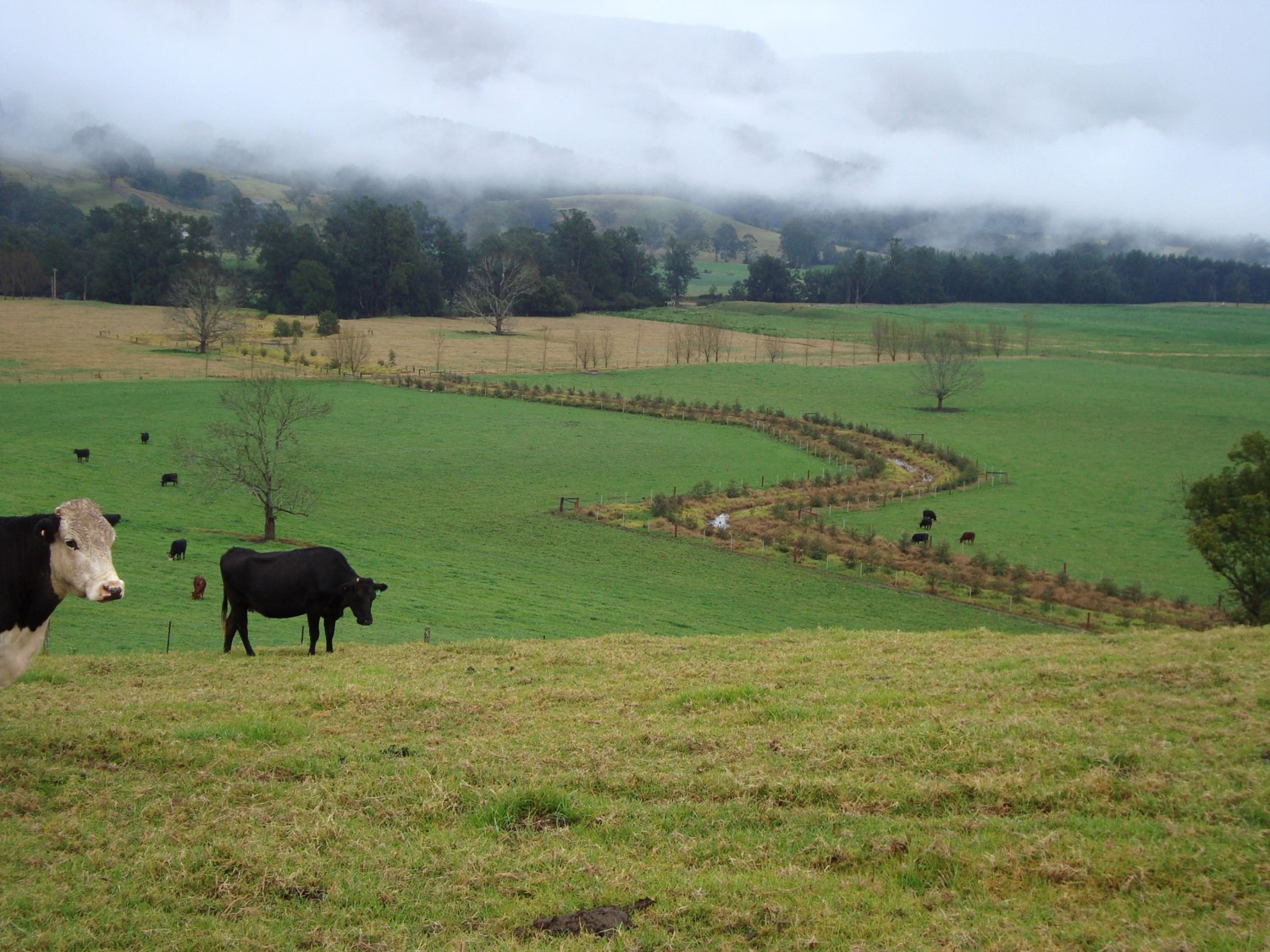
5 years.
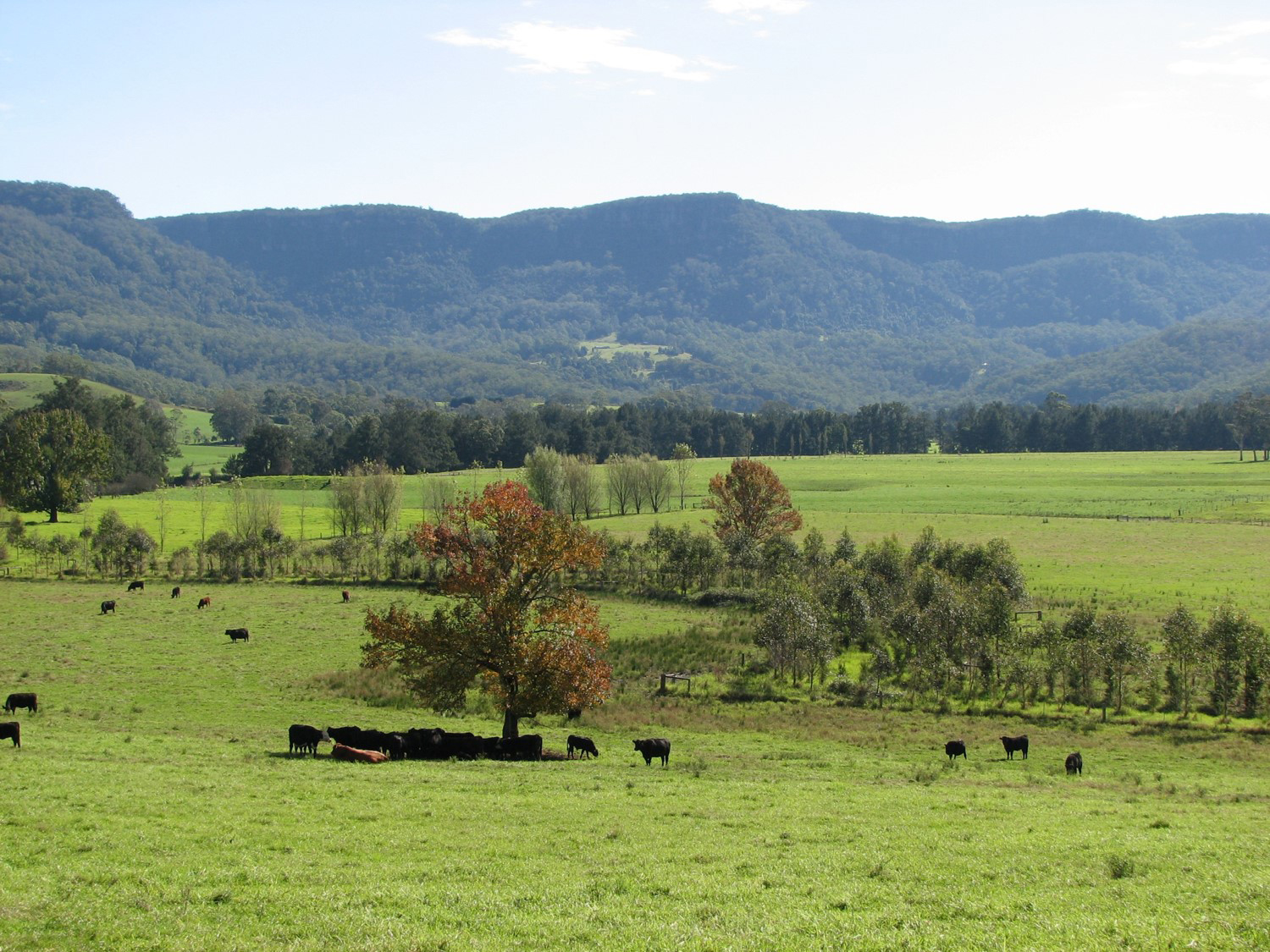
PUTTING IT INTO PRACTICE: MATT’S STORY
Matt Doyle can easily quantify the benefits of the work he and his family have done to restore the riparian areas on their Yass property.
He calculates that the winter shelter alone is responsible for a weight gain of between 15-20kg per animal. On top of that, their new watering system and paddock layout have allowed them to apply holistic management principles across the entire 1329ha property, which has improved pasture and slashed the costs of production.
“Our riparian shelter adds at least $45,000 to our bottom line each year.”
When Matt, his parents and wife Maree bought Glenryan in 2004, the paddocks were bare and windswept and their stock struggled to gain weight. Feed costs quickly wiped out any profit from the sale of beef, lamb or wool.
Today, it’s a very different story, thanks largely to their decision to restore around 70ha of land containing the headwaters of the Boorowa River. Restoring the chain of ponds and swampy meadows involved planting around 20,000 native seedlings which, as they grew, provided much needed shelter for their stock.
Matt- whose business has evolved into cattle trading and agistment – quickly realised that the stock that wintered in the sheltered paddocks performed much better than those which didn’t.
“Livestock shelter is a big thing for us in this cold, windy environment,” he says. “The cattle that spend winter in the sheltered paddocks consistently put on 15-20kg more than the cattle that don’t. If you multiply that by $3 per kg over 1,000 head you can see that it is worth at least $45,000 to us each year.”
Another flow-on benefit of fencing off the headwaters was the installation of an off-stream watering system. Matt saw the opportunity to extend the watering system to all parts of the property where the family wanted to improve their grazing management. He designed the system as part of a whole farm plan with the goals of being able to rotate stock and maintain 100% groundcover across the farm.
The system uses solar power to pump water from an existing artesian bore to a 140,000 litre tank at the highest point of the property. From there, it is gravity fed to twelve permanent troughs via 10km of 2 inch polypiping.
To save costs and improve stock management, Matt created a new paddock layout based on a series of ‘wagon wheels’. Each trough is located at the centre of a wheel and supplies a number of pie-shaped paddocks that radiate off it. Stock are easily moved from one paddock to the other by opening the gates in and out of the trough enclosure.
Being able to rotationally graze the entire property has enabled Matt to fine tune his grazing management. Using a grazing chart, he can adjust stocking rates to match the dynamic carrying capacity of the land which has led to better pasture cover, eliminating the need to buy in feed. The species mix has also changed, comprising more native grasses that do not need as many nutrients as exotic varieties, which further reduces his costs.
Matt also attributes the better pasture to the tree plantings. “The trees have changed the way the water behaves,” he says. “We used to lose a lot of rain to run-off but now it stays on-farm and is able to be used by the pasture.”
As well as reducing his costs of production, all of these improvements mean that Matt can time his trades to take advantage of market opportunities, rather than in response to concerns about feed or rainfall. “It’s all about making money from our margins,” he says.
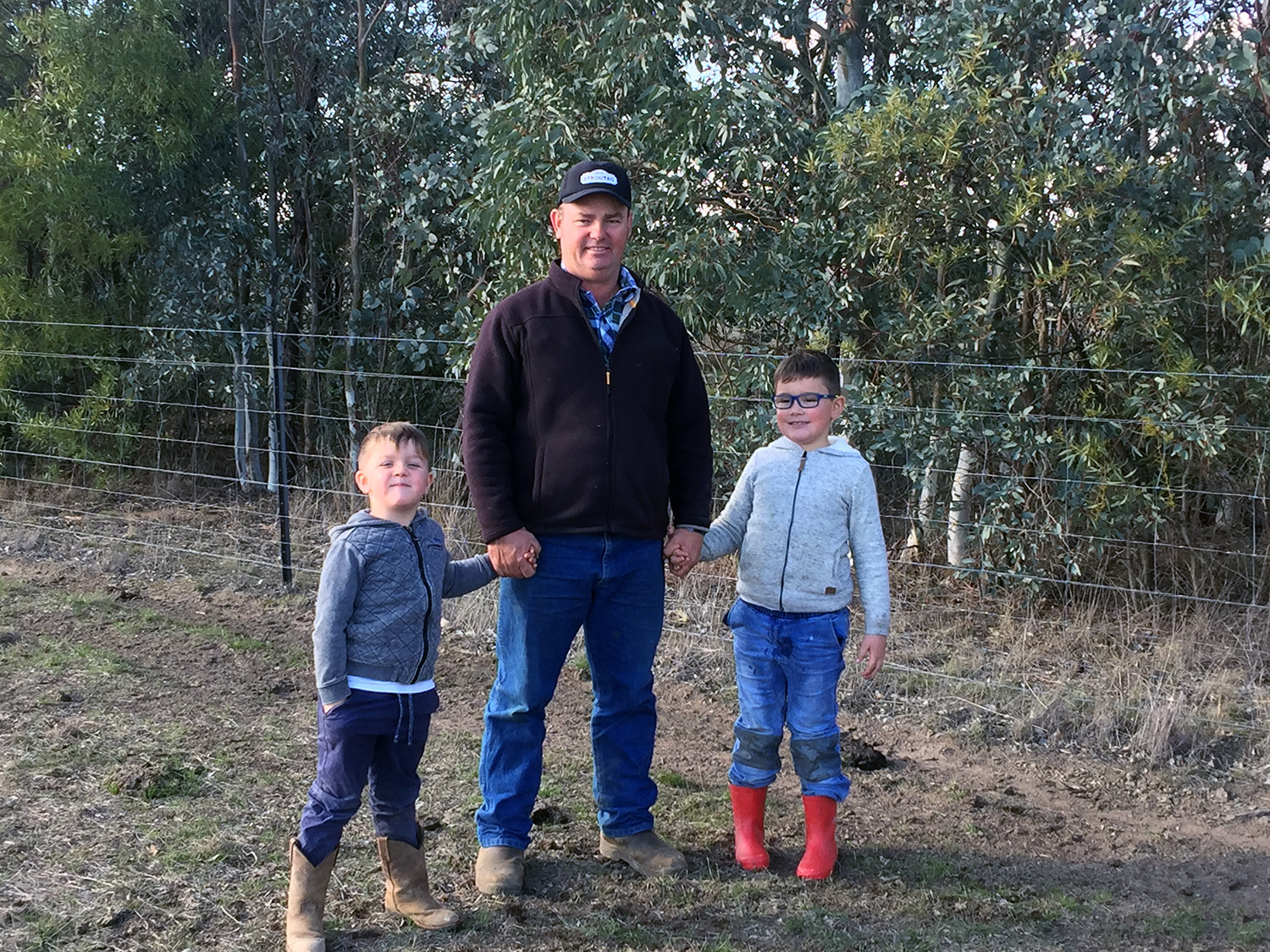
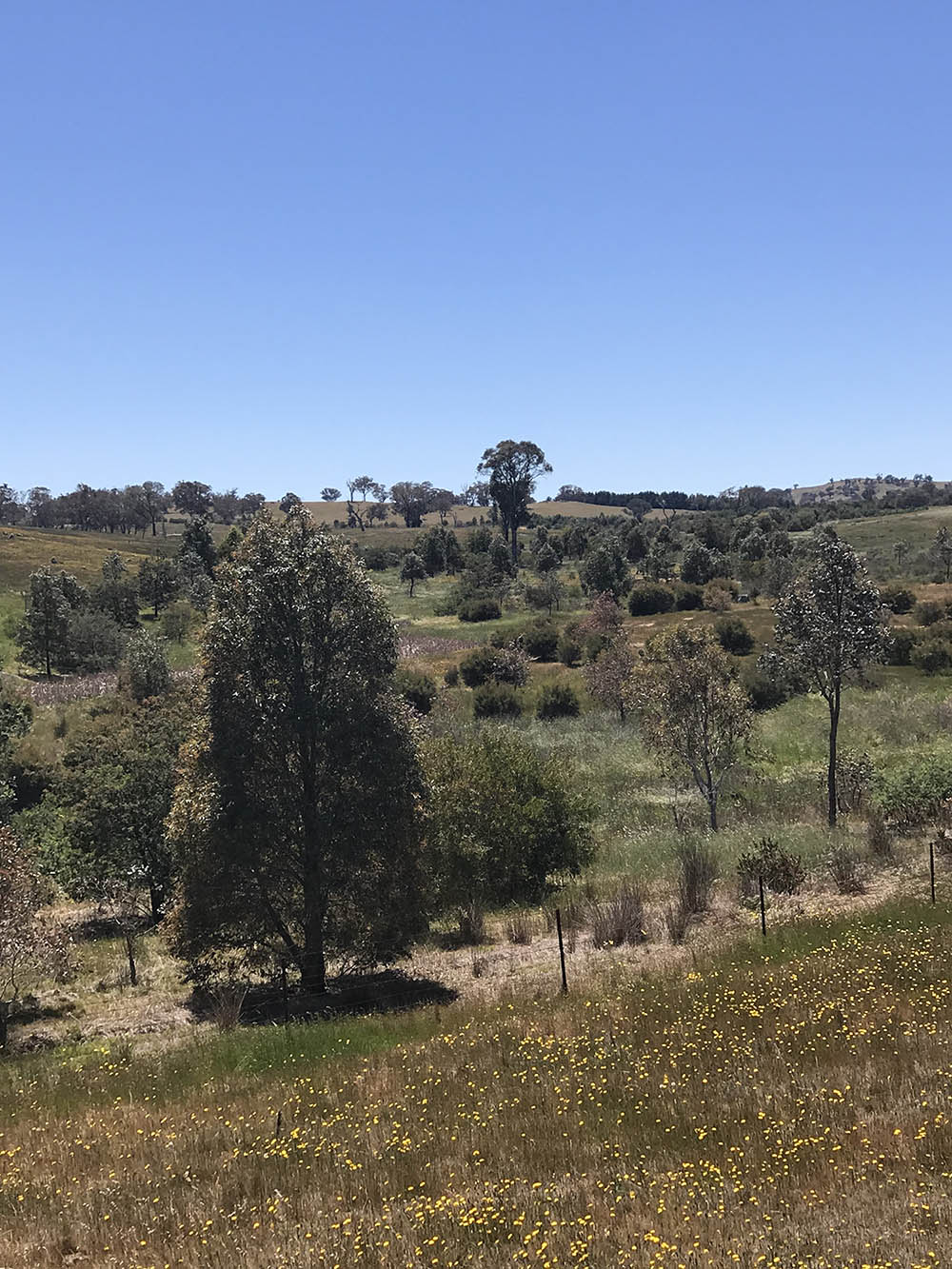
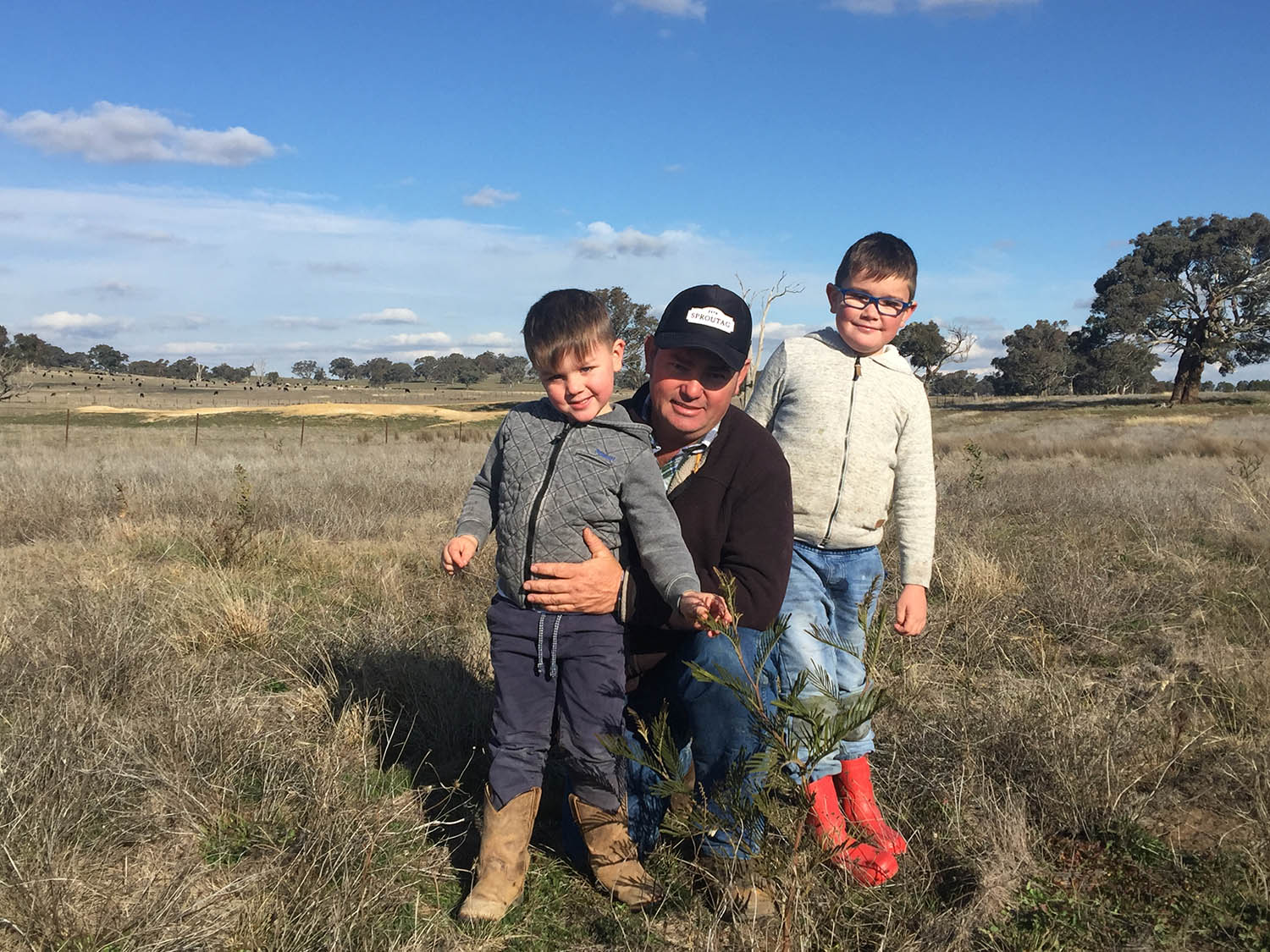
Download a PDF copy of Section 3: Managing Stock and Waterways.
Fill in the form below and we’ll send you a digital copy.
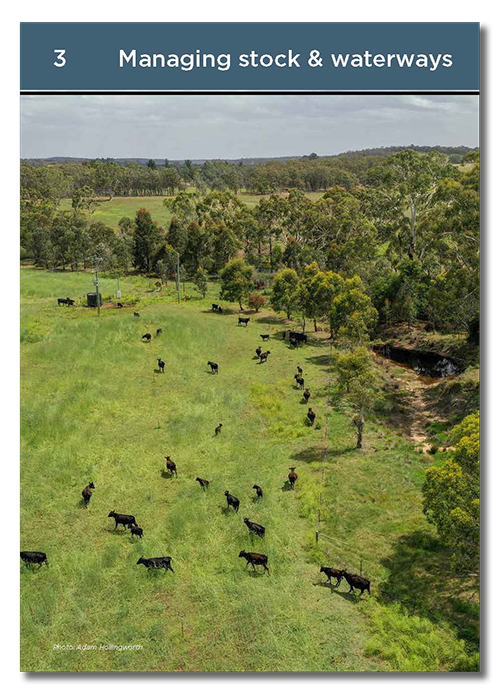
We have incentives available for managing stock around waterways on your farm…
Through our Rivers of Carbon program we can help you manage stock around waterways. We will visit your property and work with you to develop a plan for your waterway that may involve fencing, off-stream water, small-scale erosion works, and re-vegetation.
Once we have an agreement in place on what we want to achieve together, we generally cover at least half of the costs involved in implementing the agreement. Click the button below to learn more about our program:
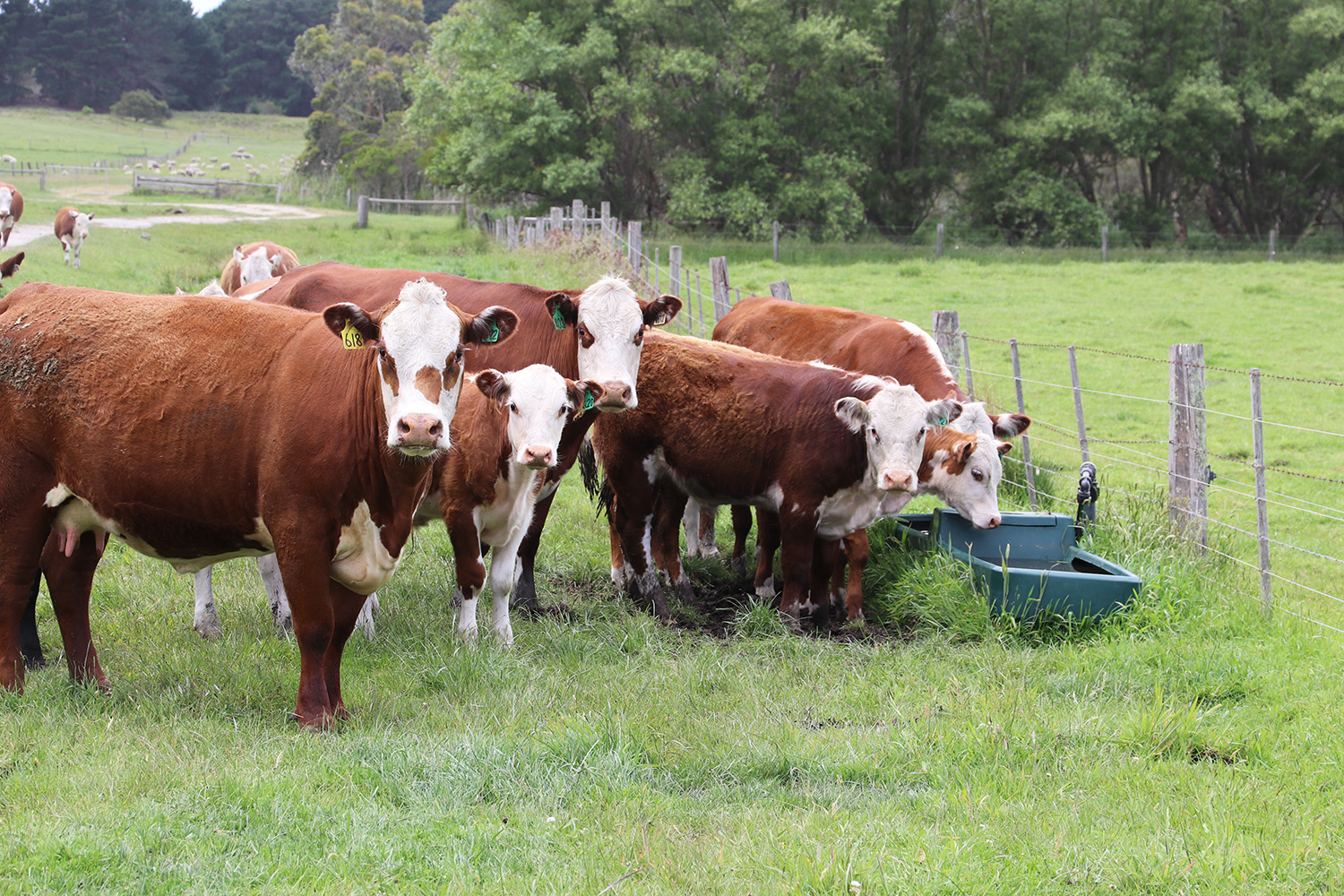
This website is a collaborative project between:
